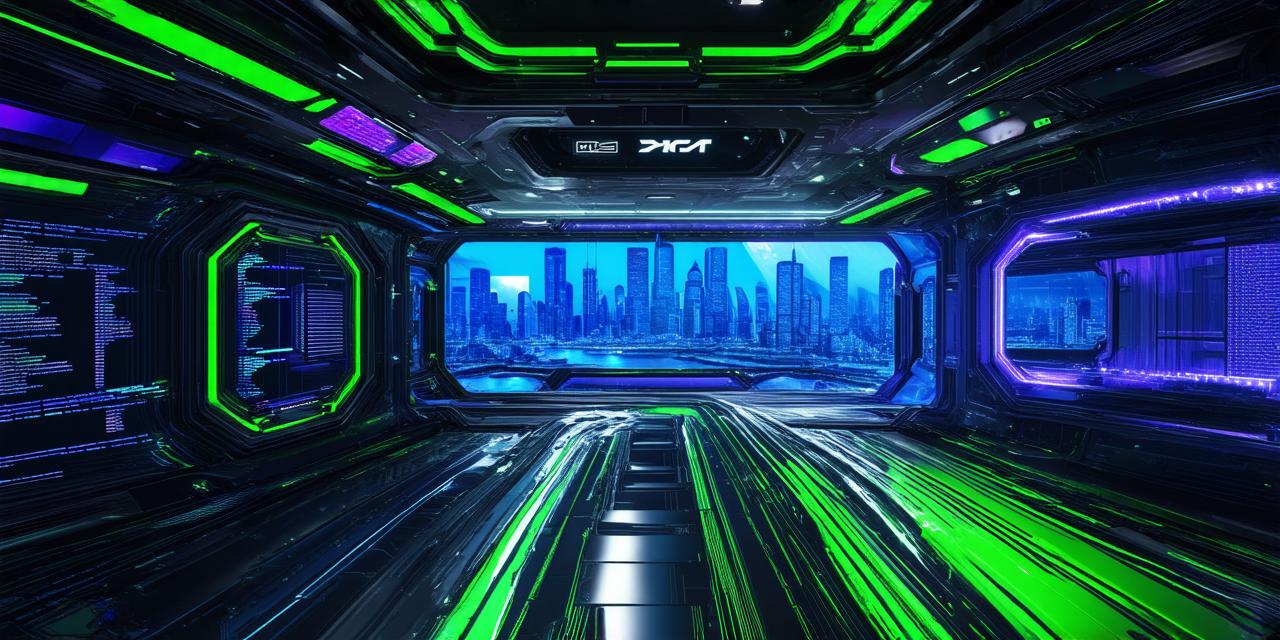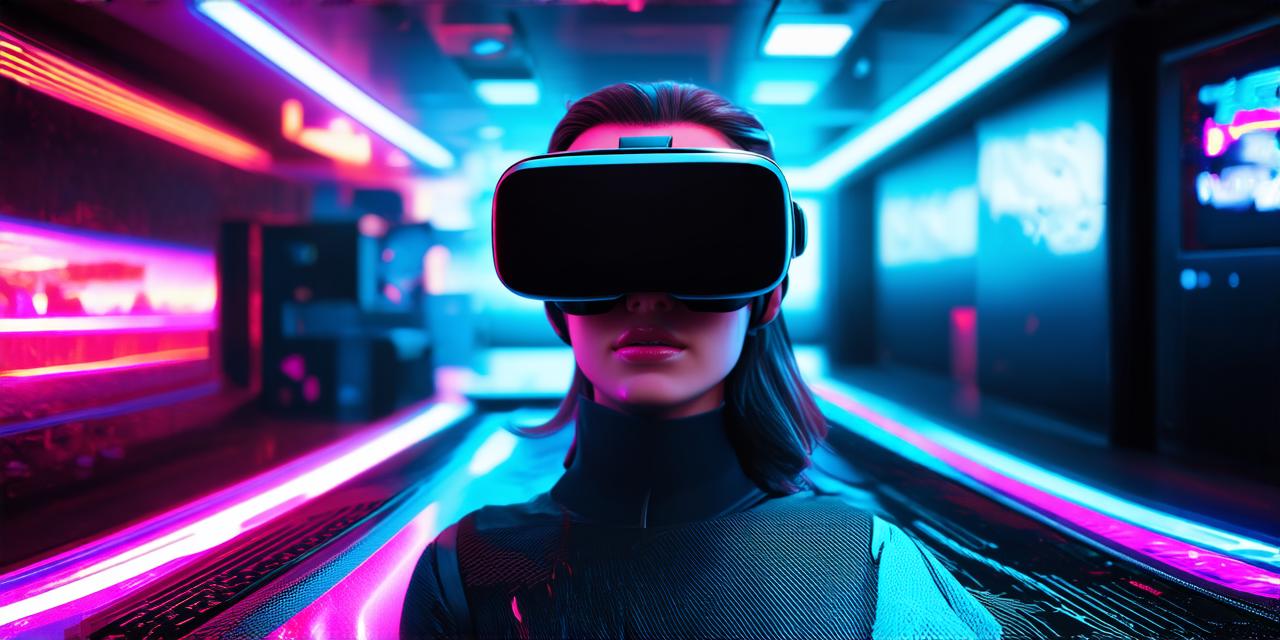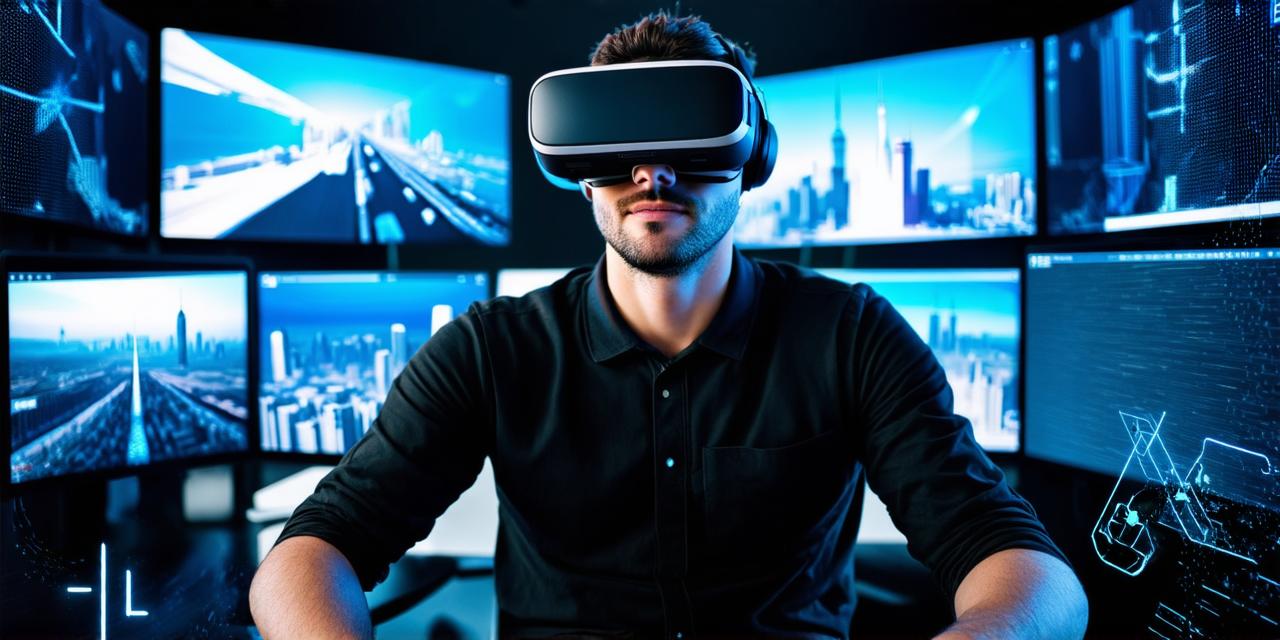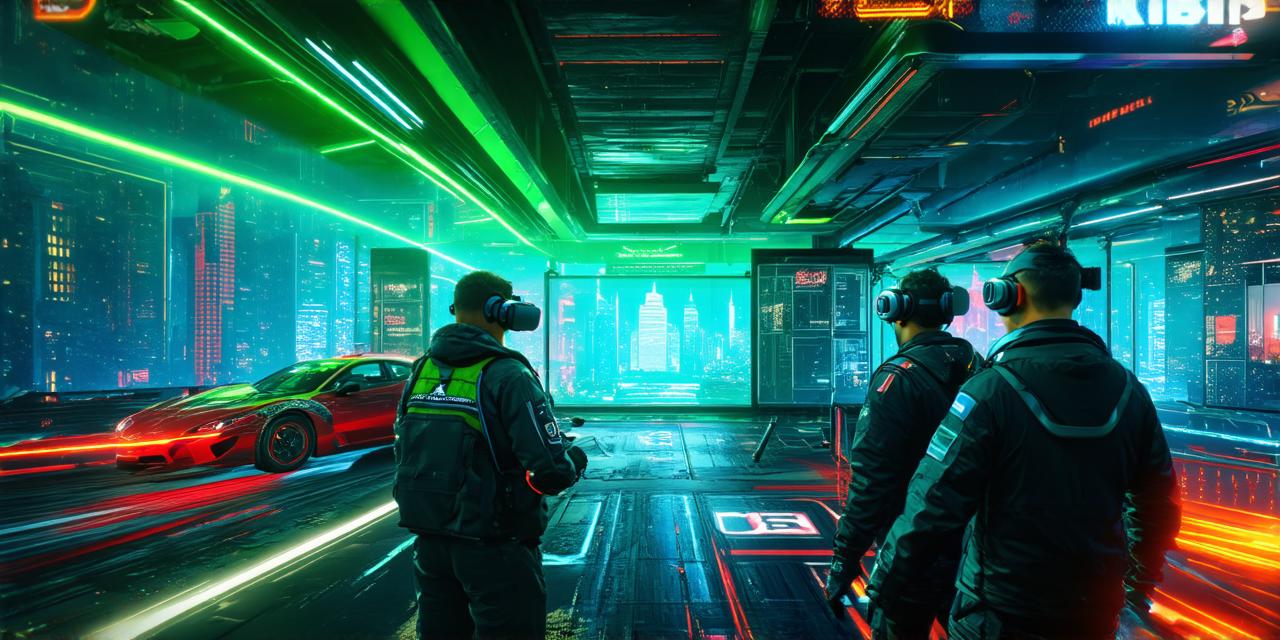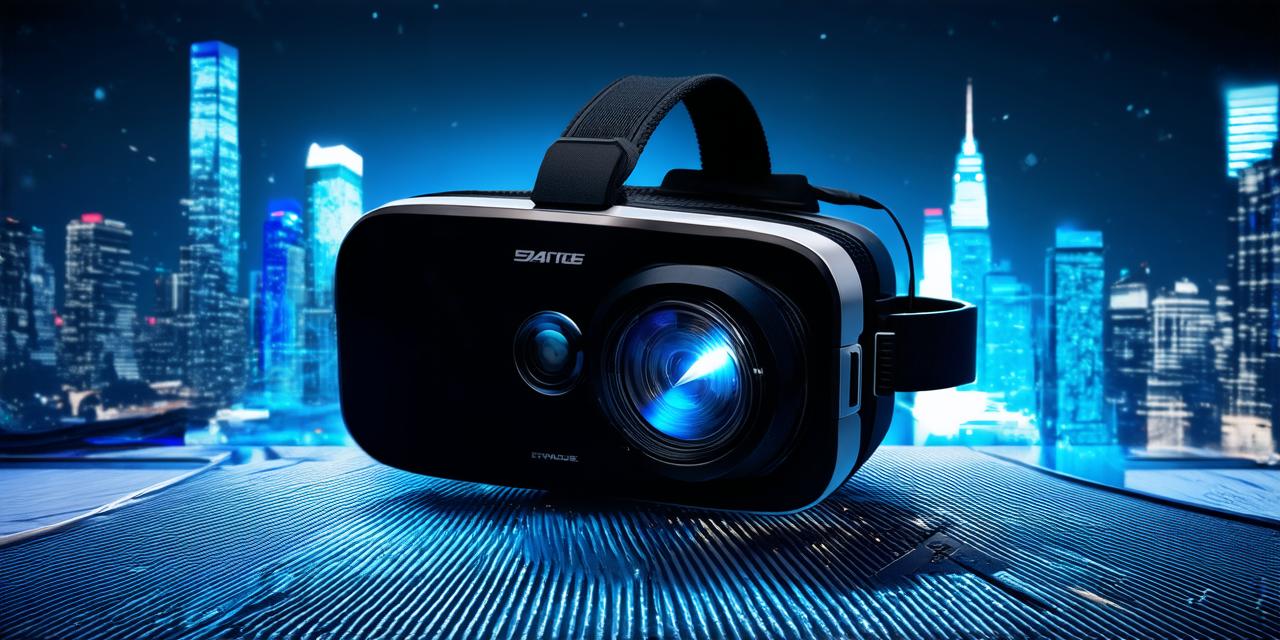1. Define Your Vision
Before diving into the technical aspects of VR development, it’s important to define your project’s vision. What do you want to achieve with your VR program? Are you looking to create an educational experience, a virtual storefront, or a gaming experience? Defining your vision will help guide your development process and ensure that your project stays on track.
1. Choose Your Platform
Once you have a clear idea of what you want to achieve with your VR program, it’s time to choose the platform you’ll use for development. There are several platforms available for creating VR programs, including Unity, Unreal Engine, and A-Frame. Each platform has its own strengths and weaknesses, so it’s important to research which one best fits your project’s needs.
1. Create Your Environment
Once you have a platform and a clear vision, it’s time to start creating your environment. This involves designing the 3D space where users will interact with your program. You’ll need to consider factors like lighting, textures, and sound effects to create an immersive experience. One popular tool for creating environments is Blender, a free, open-source 3D creation software.
1. Develop Your Interactions
Once you have your environment, it’s time to start developing the interactions that users will have with your program. This includes things like movement, gestures, and voice commands. Unity and Unreal Engine both offer built-in tools for creating these interactions, while A-Frame uses JavaScript for this purpose.
1. Add Content
Once you have a working environment and interactions, it’s time to add content to your program. This could include 3D models, textures, sound effects, and other media elements. You’ll need to consider how best to incorporate these elements into your program to create an engaging and immersive experience for users.
1. Test and Refine
Once you have a working prototype of your VR program, it’s important to test it thoroughly to ensure that it’s functioning as expected. This includes testing for bugs, performance issues, and user experience. You may also want to gather feedback from beta testers or focus groups to refine your program before launching it to the public.
1. Launch and Promote
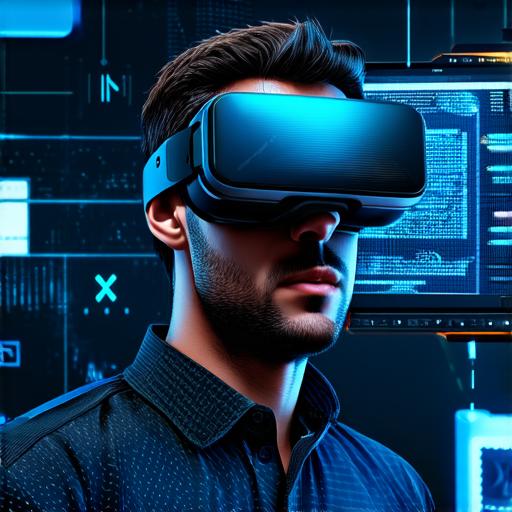
When you’re ready to launch your VR program, it’s important to promote it effectively to reach your target audience. This could include social media campaigns, email marketing, or partnerships with other companies in related industries. You’ll also want to consider pricing strategies for your program, as some users may be willing to pay a premium for a high-quality VR experience.
FAQs:
1. What kind of equipment do I need to develop VR programs?
You will need a computer with enough processing power and memory to run your chosen development platform, as well as a VR headset or display device. You may also need specialized controllers or input devices depending on the interactions you want to include in your program.
1. How long does it take to develop a VR program?
The amount of time it takes to develop a VR program can vary widely depending on the complexity of the project and the experience level of the developer. Simple programs can be created in as little as a few weeks, while more complex projects can take several months or even years to complete.
1. What kind of skills are needed to develop VR programs?
To develop VR programs, you’ll need strong skills in 3D modeling, programming, and design. You may also need experience with specialized tools and software depending on the platform you choose for development.
In conclusion, developing a virtual reality program can be a complex and challenging process, but with the right vision, tools, and techniques, it’s possible to create an engaging and immersive experience that will captivate users.
